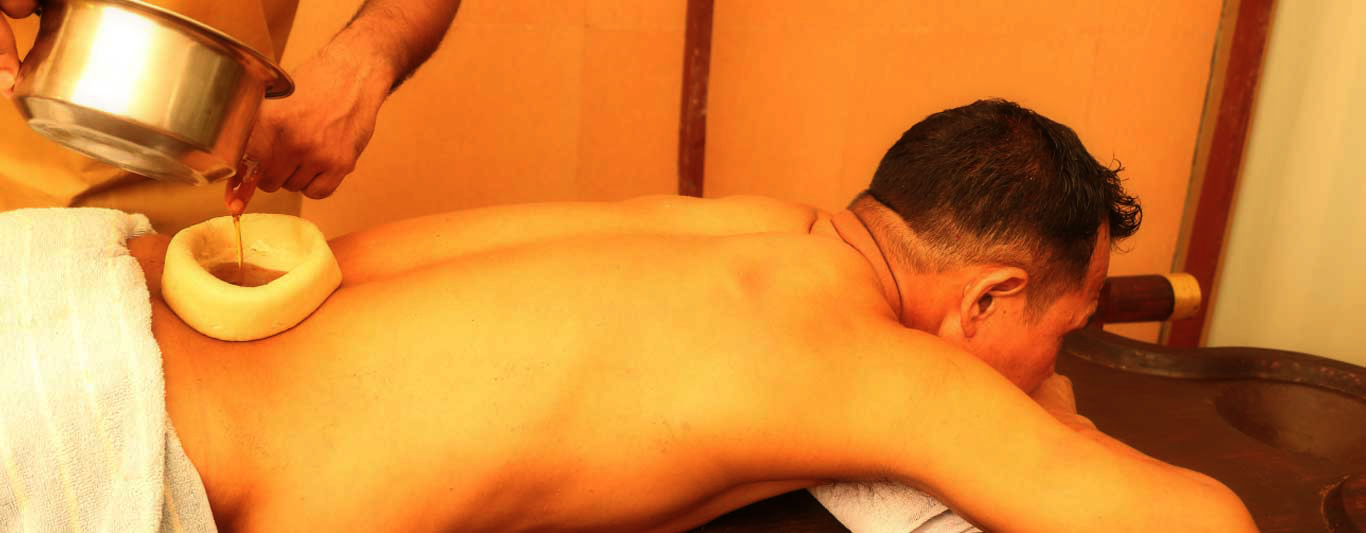Lyme Disease
Lyme disease is caused by the bacterium burgdorferi and is transmitted to humans through the bite of infected blacklegged ticks. Lyme disease was first recognizes in 1975,after researchers investigated why unusually large numbers of children were being diagnosed with juvenile rheumatoid arthritis in Lyme, Conn., and two neighboring towns
Symptoms
The signs and symptoms of Lyme disease vary and usually appear in stages.
Early signs and symptoms
- A small, red bump often appears at the site of a tick bite or tick removal and resolves over a few days. This is normal after a tick bite and does not indicate Lyme disease.
However, these signs and symptoms may occur within a month after you have been infected:
- Rash-From 3 to 30 days after an infected tick bite, an expanding red area might appear that sometimes clears in the center, forming a bull’s-eye pattern. The rash (erythema migrans) expands slowly over days and can spread to 12 inches (30 centimeters) across. It is typically not itchy or painful.
- Erythema migrans is one of the hallmarks of Lyme disease. Some people develop this rash at more than one place on their bodies.
- Flu-like symptoms. Fever, chills, fatigue, body aches and a headache may accompany the rash.
Later signs and symptoms
- If untreated, new signs and symptoms of Lyme infection might appear in the following weeks to months. These include:
- Erythema migrans appearing in other areas of your body.
- Joint pain. Bouts of severe joint pain and swelling are especially likely to affect your knees, but the pain can shift from one joint to another.
- Neurological problems. Weeks, months or even years after infection, you might develop inflammation of the membranes surrounding your brain (meningitis), temporary paralysis of one side of your face (Bell's palsy), numbness or weakness in your limbs, and impaired muscle movement.
- Signs and symptoms caused by the bacterium Borrelia mayonii may also include:
- Nausea and vomiting
- Diffuse rashes (rather than a single bull's-eye rash commonly associated with Lyme disease)
Less common signs and symptoms
- Several weeks after infection, some people develop:
- Heart problems, such as an irregular heartbeat. Heart problems rarely last more than a few days or weeks.
- Eye inflammation.
- Liver inflammation(hepatitis).
- Severe fatigue
Treatment
- Lyme disease can be cured with Ayurveda Treatments. Ayurveda categorizes all the microorganisms such as microbes. bacteria, virus or parasites as ”Krimi” – means worm in Sanskrit.
- The main aim of treatment will be
- To eliminate the bacteria
- To keep checking the growth of the organism
- To prevent the body from symptoms
- To boost the individual immune system to make it stronger to fight against the Lyme causing factors and to prevent the relapse as possible
- An in house course of 3-4 weeks will be ideal.
Tips
- The foods which are pungent and bitter are good to take.
- The foods which are having sweet taste, jaggery, curd, fermented products, meals prepared with newly cropped rice, leafy vegetables are to be avoided.





